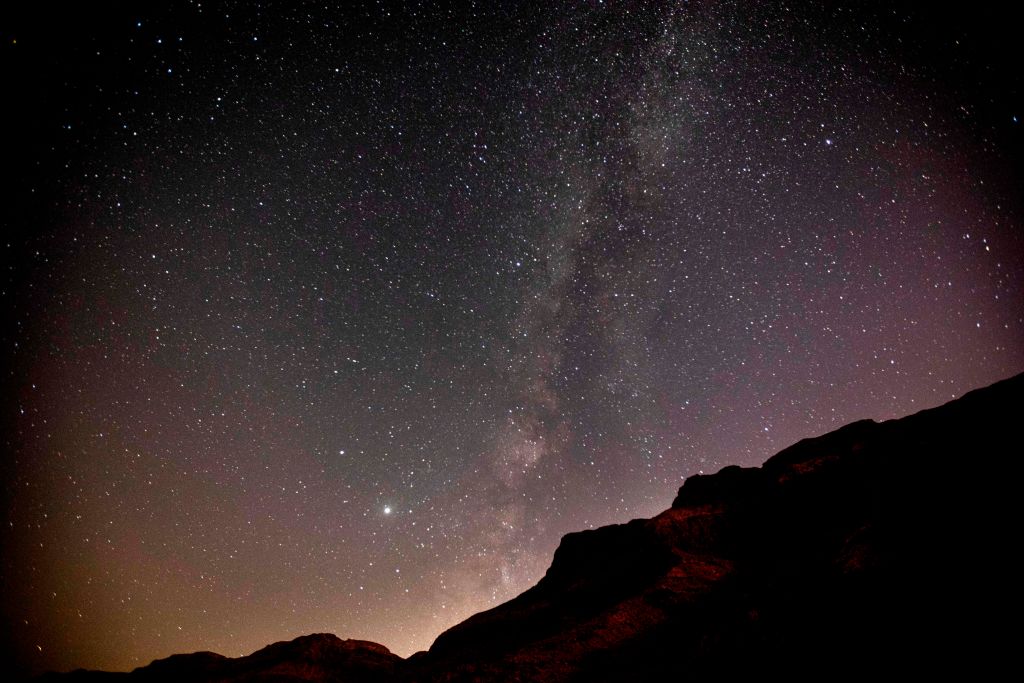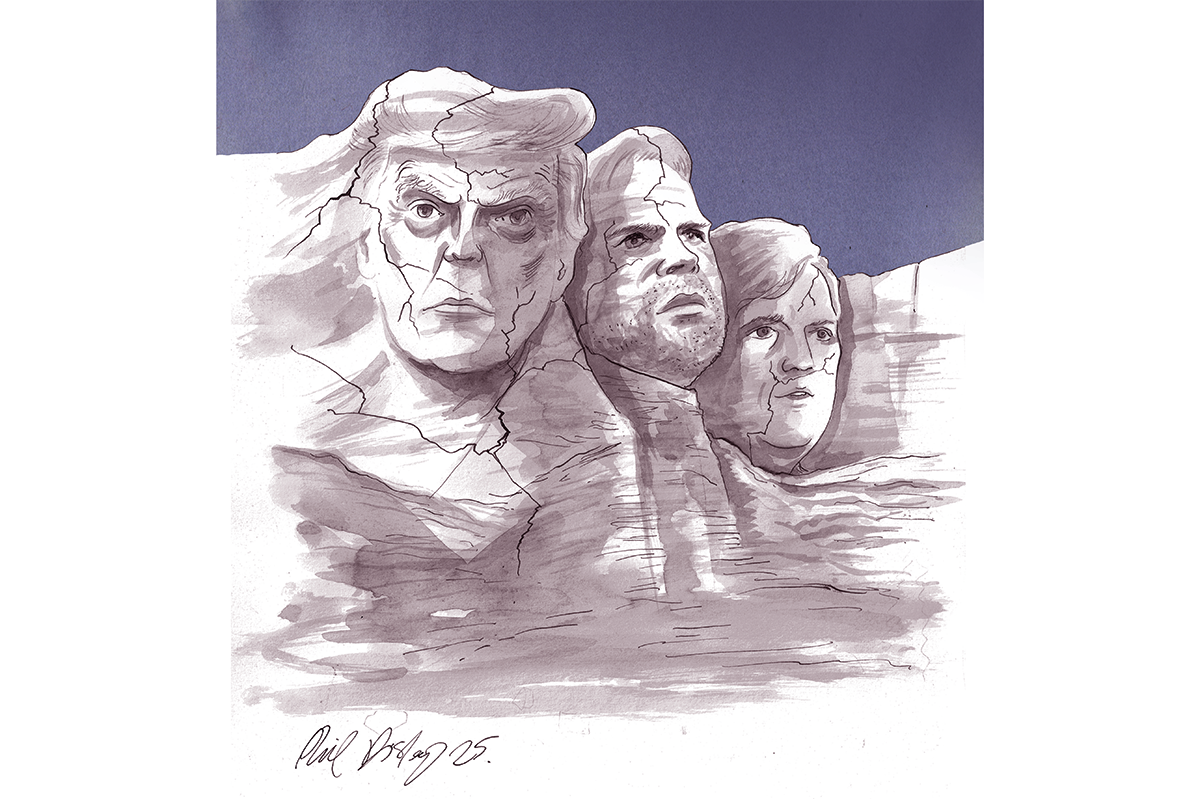Lavender Canyon, Utah
Spring, and the Manhattanite’s fancy turns to thoughts of West Palm Beach. Me, 2,000 miles away in Wyoming, mine turns to the slickrock canyon country of southeastern Utah some 600 road miles southwest from Laramie, a trip that requires a stayover in a motel along the way to relieve the horses and rest ourselves before continuing on to God’s country by way of Grand Junction, Colorado, and Moab, Utah; within recent memory raucous with the shouts of uranium miners, ranch hands come to town and whores, today the playground of mountain bikers, runners and rafters from Salt Lake City and its environs.
We drove on from Moab another fifty miles south and twenty-five west through a broad canyon, already lush in March, past planted alfalfa fields, cattle and the old Dugout Ranch belonging to Charley Redd, to Six-Shooter Peak, a monolith of red san stone pointed at the shiny purple depths of an infinite sky, before turning south onto a brief two-track road ending at a flimsy gate held up by three strands of barbwire and two hand-cut cottonwood posts. Beyond the gate I parked the rig on the sagebrush flat at the mouth of Lavender Canyon. Together we unloaded the horses, saddled them, strapped the horse packs on over the croups and began the ride up-canyon to make camp.
Water from the snowmelt on the piñon pine and juniper bench 1,200 feet above moved in the pink watercourse, a silver sheet a few inches in depth sliding evenly over the sandy bottom as if it were of a single piece. The horses, fat from their winter oats and little exercise, stepped out briskly, the cook pans clattering and the bottles of wine and whisky clinking in the packs behind the cantles. As we progressed the crumbling banks of the wash rose taller and steeper, and small islands of red earth held together by the visible roots of young aspen trees appeared in the creek bottom, home to the wakening rattlesnakes lean of body after hibernation but swollen about the head with undrained poison sacks. The canyon narrowed and the slickrock walls closed in overhead, interrupted at intervals by side canyons adding their waterflows to the main one until, five or six miles on, we came to a box canyon, its sheer red and purple walls enclosing forty or so acres of green meadow and barrel cacti broken by pine and cedar groves and lifting back toward a low hill where it crested in a small dark wood of the sort that the artists of the Italian Renaissance liked to paint.
Just below the rimrock a pair of hawks spiraled slowly, and above it the snow-covered peaks of the Abajo Mountains gleamed against the far blue horizon like the towers of a shining and eternal city. We kicked the horses forward into the canyon and made camp beneath a cave a third of the way up the rock face, in which a pair of oven-like structures built of carefully fitted stone fragments stood shadowed within the stony vault that moisture, abrasion and the winds had created. The Anasazi, who built the cliff dwellings of the Southwest, vanished from these parts around AD 1200, on account perhaps of the effects of climatic change, or because they had felled the piñon-juniper forests on which their civilization depended.
For lunch we ate antelope sandwiches with a bottle of Italian red wine. Then we raised the tent in the overhang at the base of the cliff and I scavenged for firewood and built a firepit while my wife made up our beds in the tent. Then we stripped for action, bridled the horses and, going bare-back, raced each other in the shallow waters of Lavender Creek amid the spray thrown up by the pounding hooves, drenching ourselves and the animals through their patchy winter coats. Afterward we lay stretched in the warming sun, listening to the wind-down calls of the canyon wrens and hoarse cries of ravens from their rookeries in the cliffs overhead.
“Why would anyone want to visit Barbados?” my wife wondered.
“Who cares, so long as they don’t come here.”
I picketed the horses on the new grass and built a fire with the weather-polished juniper wood lying about. Juniper smoke, perfumed, pungent and smelling vaguely of stale urine, is the unique, distinguishing and precious odor of the American Southwest.
Supper was jerkied venison, flour tortillas fried in butter, more of the red wine and sheepherder coffee — loose grounds added to a pot of boiling water with a fresh egg yolk dropped in to make them sink. We sat afterward by the fire listening to the tree frogs singing from the aspen groves along the creek. My wife had gone to fetch toiletries from the horse packs when I heard her cry out.
“Something moved up there,” she explained when she returned. “A someone, actually — I think.”
“They all cleared out of here a thousand years ago.”
“What do a thousand years mean to the dead? The dead live forever.”
Overhead the Milky Way was beginning to show, faintly emergent from the celestial depths, the existential wastes of eternity.
“Perhaps a few of them got left behind,” I acknowledged, thinking: it would make a good story anyhow.
This article was originally published in The Spectator’s May 2024 World edition.


























Leave a Reply